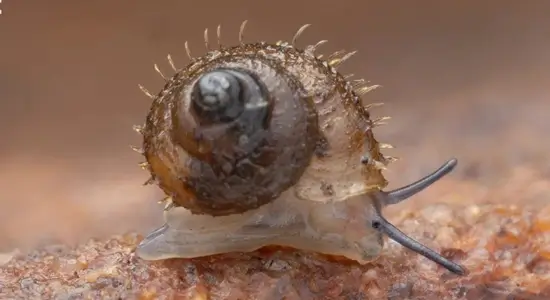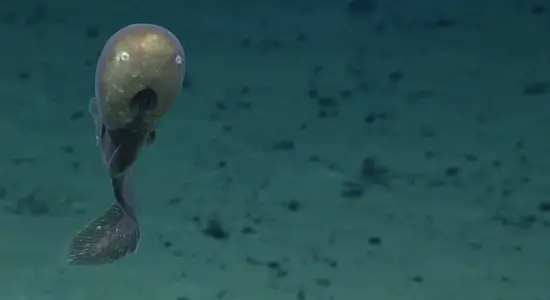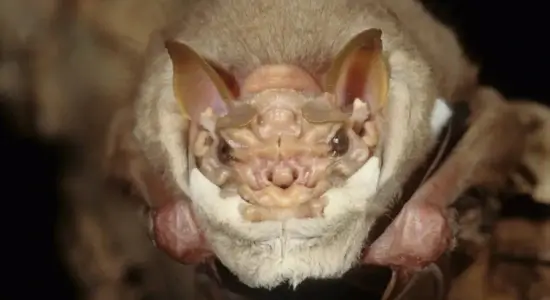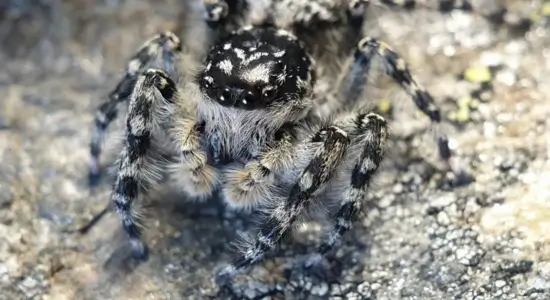Among the vast diversity of spiders in the world, one species stands out for its highly distinctive appearance and intriguing behavior: Arkys walckenaeri, also known as the Walckenaer’s Studded Triangular Spider. This remarkable spider belongs to the Araneidae family, widely known for its orb-weaving spiders, but Arkys walckenaeri takes a different approach with its triangular body shape.
 The triangular spiders really live up to their name! Image credit: © Tony Eales via iNaturalist (CC BY-SA 4.0)
The triangular spiders really live up to their name! Image credit: © Tony Eales via iNaturalist (CC BY-SA 4.0)
What Makes Arkys Walckenaeri Special?
One of the most distinguishing features of Arkys walckenaeri is its triangular body shape. The adult spider typically measures between 4 and 7 millimeters (0.15 to 0.2 inches) in body length, with females generally being larger than males. This triangular shape is an adaptive feature that helps the spider hide in its natural environment, blending into its surroundings to avoid predators and ambush prey.
Unlike most spiders that have a round or oval body shape, the triangular form of Arkys walckenaeri is thought to play a critical role in its hunting strategy and camouflage. This spider is able to cling to leaves and branches, often upside down, allowing it to ambush insects that wander too close. Its sticky silk is used to catch prey and create an effective webbing to trap food.
Habitat and Distribution
Arkys walckenaeri is found primarily in tropical and subtropical regions, particularly in parts of Southeast Asia and Australia. It thrives in environments with dense vegetation, where it can easily construct its webs in sheltered locations, such as under leaves or in the corners of branches. The spider’s preference for these environments means it is typically found at lower elevations in areas with high humidity.
In these habitats, the spider builds a small triangular web that mirrors the shape of its body, enhancing its camouflage against predators. These webs are used both for shelter and for hunting, with the spider remaining motionless for hours, waiting for prey to come within striking distance.
Behavior and Diet
Arkys walckenaeri is an ambush predator. Unlike active hunters, this spider waits motionless in its web, hidden within the folds of a leaf or under tree bark, for unsuspecting prey to pass by. It feeds on small insects like flies, ants, and moths, which become trapped in the spider’s webbing.
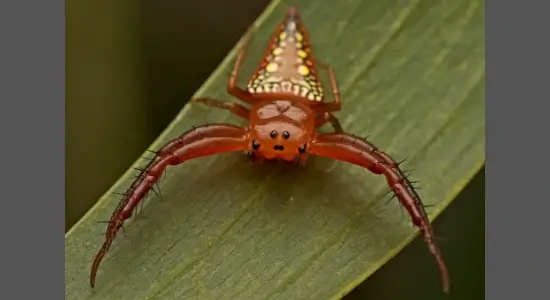
There is known to be regional variation in the colors within the species. Image credit: © Tony Eales via iNaturalist (CC BY-SA 4.0)
This species is non-venomous, relying on its sticky silk to subdue prey rather than injecting venom. The spider entangles its prey in silk and then feeds on it at leisure, a strategy that saves energy and ensures a successful catch without the need for fast movements.
Reproduction and Lifespan
The reproduction of Arkys walckenaeri follows typical arachnid patterns. Males perform a courtship ritual where they approach females carefully to avoid being eaten. After mating, the female produces an egg sac containing multiple eggs, which she guards until the young spiders hatch.
These spiders have a relatively short lifespan, typically living only one to two years in the wild, depending on environmental conditions and availability of food. However, their ability to adapt to various habitats and their unique predation methods contribute to their success in these ecosystems.
The triangular spider is just one fascinating member of the wider spider kingdom. From quirky jumping spiders newly discovered in New Zealand to myth-shrouded camel spiders of the desert, arachnids display an incredible variety of appearances, behaviors, and habitats that continue to surprise even seasoned researchers.
Fun Fact: Did you know that triangular spiders are one of the only spider families that don’t rely on venom to hunt? Instead, they use their sticky silk to trap prey, making them masters of silent ambushes! ????️
Interested in learning more about unique spiders and their incredible adaptations? Subscribe to our newsletter and explore the fascinating world of arachnids with us! ????️
ref : IFLScience , National Geographic

